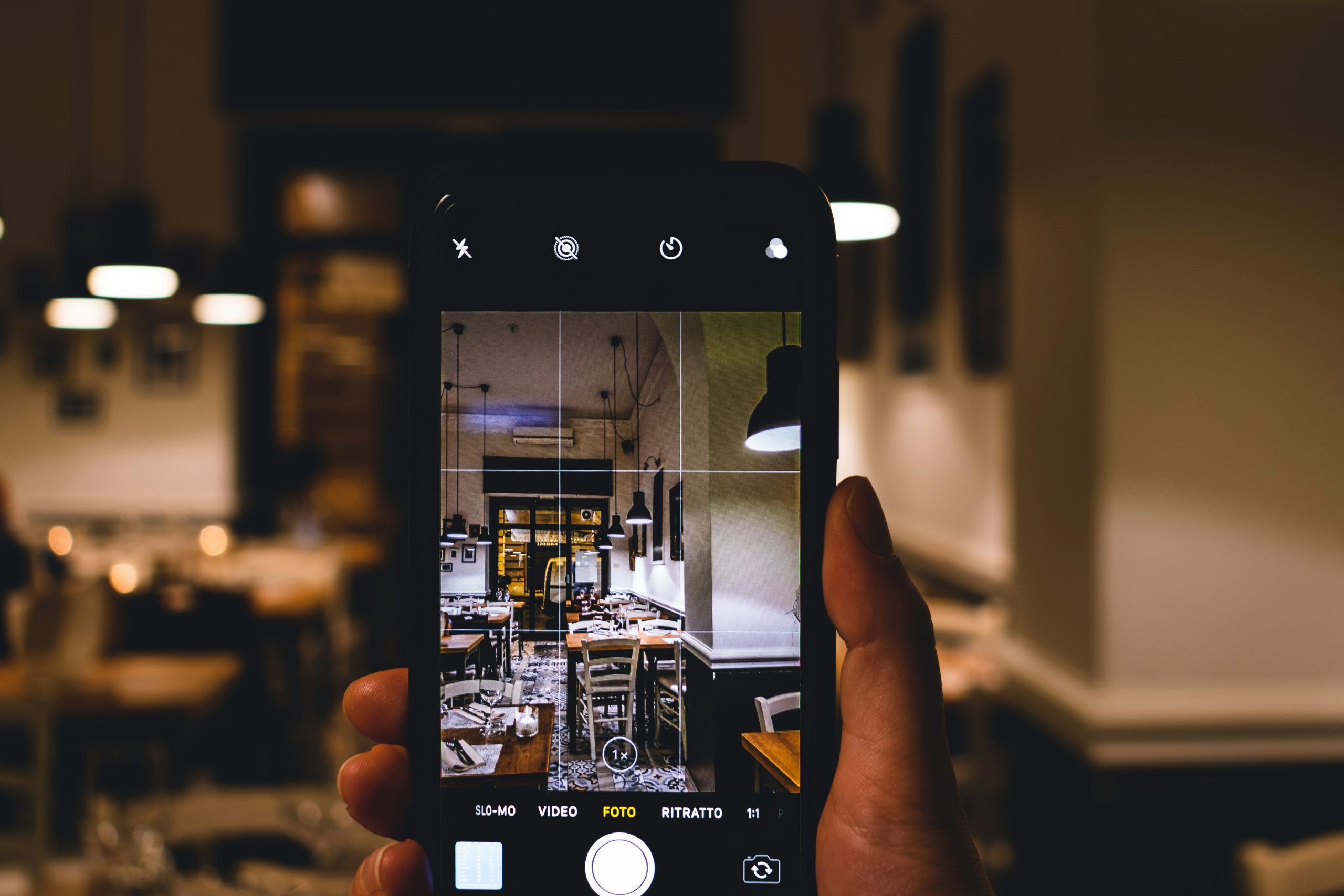In the fast-paced realm of content creation, striking a balance between well-planned strategies and the agility to respond to the unexpected is paramount for building and elevating brand awareness. While a content calendar serves as the backbone of any robust marketing strategy, the real magic often happens in those spontaneous moments of engagement. Here’s why both elements are crucial in the art of content creation and brand building.
The Role of a Content Calendar in Content Creation
A content calendar is not just a scheduling tool; it’s the blueprint of your content marketing strategy. It ensures consistency, which is key in maintaining audience engagement and trust. By planning your content in advance, you’re able to align your posts with upcoming trends, events, and product launches, ensuring your brand remains relevant and top-of-mind.
Consistency Meets Quality
With a content calendar, you’re more likely to produce quality content consistently. It allows for ample research, design, and refinement, ensuring each piece of content resonates well with your target audience and upholds your brand’s standards.
Strategic Alignment
A well-constructed calendar ensures all pieces of content serve a strategic purpose, whether that’s driving traffic to your website, boosting product awareness, or engaging with a specific segment of your audience. It enables you to align your content with your overall marketing goals, making each post a calculated step towards brand growth.
The Power of Immediate Responses to External Stimuli
While a content calendar lays the foundation, the ability to pivot and respond to real-time events, trends, and user feedback can significantly amplify your brand’s presence and relevance. This agility allows brands to humanize their presence, turning companies into relatable entities that listen and react to their audience and the world around them.
Real-Time Engagement
Immediate responses to current events or user interactions create a sense of presence and attentiveness that audiences greatly appreciate. This real-time engagement can transform your brand from a distant entity into a familiar face, building stronger connections with your audience.
Viral Potential
Content that responds to current trends or events has a higher chance of going viral, as it taps into the collective consciousness of the moment. This not only increases brand visibility but also positions your brand as a relevant and engaged member of the digital conversation.
Balancing the Two for Optimal Impact
The sweet spot in content creation lies in balancing meticulous planning with the flexibility to adapt to the unexpected. This dynamic approach ensures your brand is both reliable and relatable, appealing to a broad spectrum of audience preferences and behaviors.
Adaptability is Key
While your content calendar sets the stage, stay open to tweaking your schedule to accommodate spontaneous content. This adaptability ensures your brand remains relevant and engaged with current discussions and audience sentiments.
Listening Tools and Analytics
Utilize social listening tools and analytics to stay on top of trends and audience feedback. These insights can guide your immediate content responses, ensuring they’re not only timely but also deeply resonant with your audience.
Conclusion
In the digital age, where trends can change at the blink of an eye, a successful content creation strategy requires a harmonious blend of strategic planning and real-time responsiveness. A content calendar ensures your brand’s message is consistent and strategic, while the agility to respond to the zeitgeist fosters a deeper connection with your audience. Together, these elements are pivotal in building a brand that’s not only seen but also felt and remembered.
By embracing both the structured and spontaneous aspects of content creation, brands can navigate the ever-evolving digital landscape with confidence and creativity, ensuring their message not only reaches but also resonates with their target audience. Follow us on Instagram, TikTok, and LinkedIn for more industry knowledge and tips.


